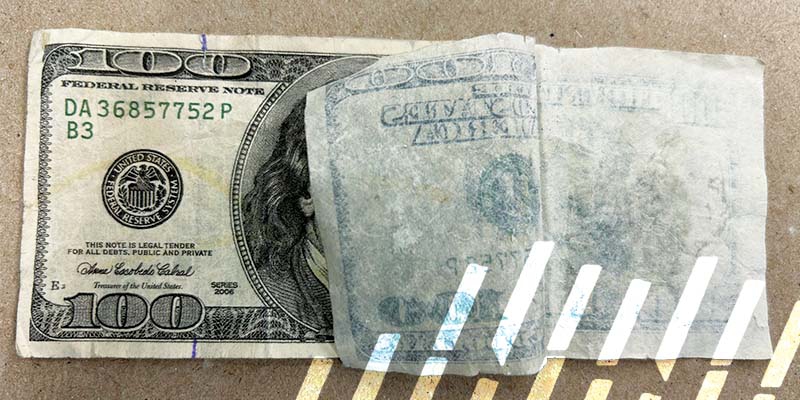Check Out usings Funny Money in Artistic Creations and Theatrical Performances
copyright cash, commonly synonymous with deceptiveness and outrage, holds a peculiar appeal when it locates its way into the world of staged efficiencies and imaginative creations. As we dig right into the multifaceted usages of copyright in these innovative domain names, we begin to discover a globe where authenticity and imitation blur, triggering us to examine the very nature of value and representation within art and efficiency.

Historical Value of Funny Money in Art
The historical importance of funny money in art is a complex and interesting subject that clarifies the crossway of creativity, subversion, and socio-political commentary. Throughout history, artists have actually utilized funny money as a device for tough social standards, examining the worth of money, and making effective statements about wealth and power.
Among the most noteworthy instances of funny money in art go back to the Dada movement of the very early 20th century - copyright money for sale. Artists such as Marcel Duchamp and Hannah Höch integrated copyright into their jobs to criticize the capitalist system and discover the idea of value in a swiftly transforming world
Additionally, during times of economic instability or political turmoil, funny money has actually been utilized by artists as a kind of demonstration or rebellion. By developing and distributing copyright, artists have had the ability to disrupt the status, challenge authority, and prompt essential discussions regarding the duty of money in society.
Influence of copyright on Visual Arts
By integrating copyright into their works, artists prompt conversations on the nature of worth, authenticity, and societal understandings of wide range. The usage of fake cash in art additionally elevates moral factors to consider regarding the boundaries of artistic expression and the implications of replicating lawful tender. Overall, the impact of phony money on aesthetic arts is diverse, stimulating essential representations on the crossway of money, art, and societal worths.
Importance and Definition in Theatrical Imitation Displays
Using theatrical fake displays, musicians utilize symbolic representations to convey much deeper significances and evoke provocative analyses within the realm of efficiency art. Through the incorporation of copyright in staged productions, makers can check out styles such as greed, power, corruption, and the impression of wealth. The usage of copyright on phase can function as a metaphor for societal concerns, economic differences, and the fragility of financial systems.
In staged performances, the symbolic worth of fake cash prolongs past its monetary well worth. It can represent the deceptive nature of looks, the pursuit of materialistic needs, and the repercussions of unethical habits. By utilizing funny money as a prop, musicians can test audiences to examine truth significance of wealth and the moral boundaries that individuals might cross in its pursuit.
Moral Considerations being used Phony Money for Art

One major moral factor to consider is the possible legal repercussions of utilizing phony cash in art. Counterfeiting money is prohibited in the majority of countries and can cause serious repercussions for musicians that intentionally incorporate fake costs into their work. copyright money for sale. This not only places the musician at danger yet additionally questions regarding promoting illegal activities through art
Additionally, there is a moral dilemma concerning the authenticity of the art work itself. Making use of funny money blurs the line between fact and replica, potentially tricking customers and compromising the stability of the imaginative piece. Musicians must news consider whether using fake cash straightens with their worths and artistic intentions, considering the prospective influence on their reputation and reliability.
Future Trends in Imitation Cash Assimilation
Taking into consideration the progressing landscape of creative expression, the unification of copyright money in imaginative works might witness a change towards intriguing and innovative methods. As musicians proceed to push boundaries and check out new tools, phony money could increasingly be made use of to test social norms, examine the worth of money, or make effective declarations about riches and consumerism.
One future pattern in funny money combination might be its usage in immersive art installments where audiences are encouraged to connect with the items, blurring the lines in between reality and impression. Additionally, innovations in modern technology might lead to the creation of hyper-realistic copyright cash that is essentially equivalent from authentic money, opening possibilities for a lot more intricate and comprehensive art work.
Additionally, cooperations in between artists and counterfeiters can result in distinct items that incorporate traditional creative techniques with the craftsmanship of producing funny money. However, honest factors to consider surrounding the legality and morality of utilizing copyright money in art will certainly remain to be a point of contention as these future patterns unravel.
Final Thought
To conclude, the uses of funny money in staged efficiencies and creative creations have a lengthy history and proceed to give inspiration for musicians. From its historical relevance to its effect on visual arts and symbolism in staged displays, funny money plays a distinct duty in the art globe. However, honest considerations need to be taken into consideration when using copyright money for innovative functions. The assimilation of funny money in art is likely to proceed developing in the future.
Overall, the impact of phony currency on visual arts is multifaceted, promoting essential representations on the intersection of cash, art, and societal values.

In final thought, the usages of copyright money in staged efficiencies and creative developments have a long history the original source and continue to be a resource of motivation for musicians. Honest factors to consider need to be taken right into account when using phony money for creative functions. The assimilation of fake cash in art is likely to proceed developing in the future.